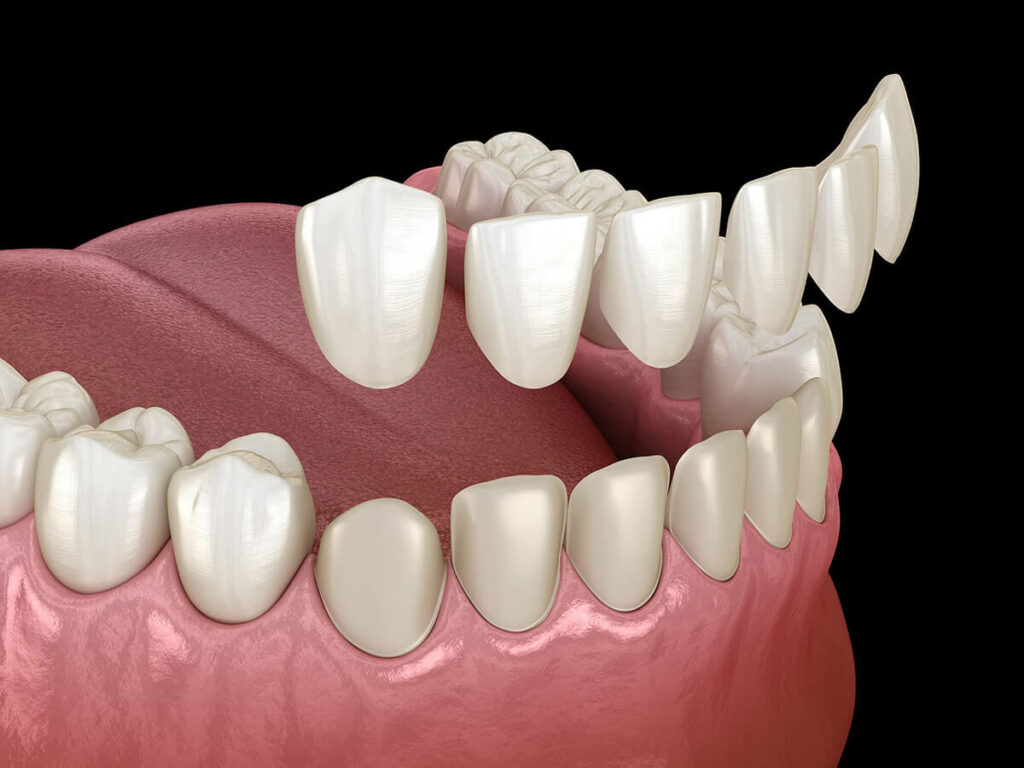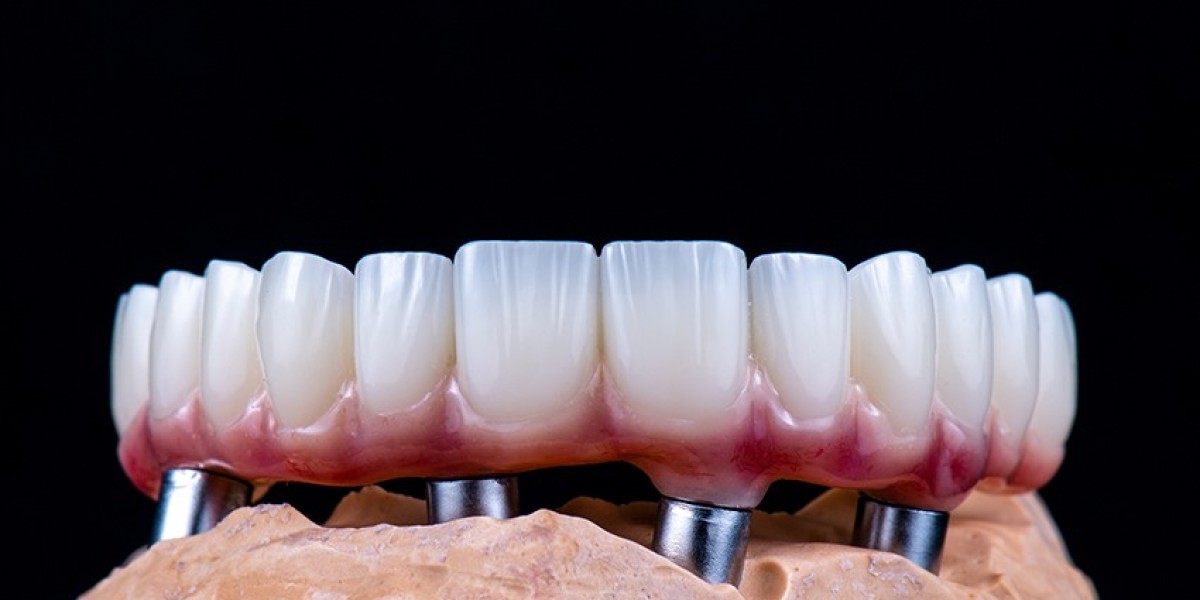The veneers first fit process marks a critical journey toward a transformed smile. During this appointment, the veneers are placed on your teeth for the first time, allowing you and your dentist to evaluate their fit, function, and appearance. This stage is crucial because it provides the first real opportunity to see how the veneers will feel in your mouth and how well they blend with your natural teeth. Patients often have concerns at this point, as it is the first time they experience the sensation of having veneers. Addressing these concerns and identifying any issues early on ensures a smooth process and increases the likelihood of long-term success with your new smile.
Common Issues Noticed During a Veneers First Fit
Discomfort and Sensitivity
It is common to experience a certain level of discomfort or sensitivity during the veneers first fit. As your teeth and gums adjust to the veneers, you might notice a sensation of pressure, tightness, or minor pain. This is often due to the temporary irritation caused by the placement of the veneers and the bonding process. Additionally, heightened sensitivity to hot or cold foods and beverages may occur because the teeth are reacting to the new materials. These sensations typically subside after a few days, but if the discomfort or sensitivity persists, it’s important to contact your dentist for further evaluation and possible adjustments.

Misalignment or Poor Fit
A proper fit is essential for both the comfort and functionality of your veneers and misalignment is one of the more common issues noticed during the veneer's first fit. If the veneers are not perfectly aligned with your natural teeth, they can feel off-balance or create an uneven appearance. This misalignment can lead to difficulties with chewing, smiling, or even speaking. In many cases, the veneers may feel like they are shifting or not sitting properly. Fortunately, this is something that can be corrected with minor adjustments, ensuring that the veneers are perfectly placed for both comfort and aesthetics.
Uneven Bite or Occlusion Problems
One of the most noticeable issues during a veneers first fit is an uneven bite or occlusion problem. This occurs when your upper and lower teeth do not come together as they should, causing discomfort or difficulty in chewing. An uneven bite can be particularly problematic as it may lead to long-term issues, such as jaw pain or uneven wear on the veneers and natural teeth. It’s essential to inform your dentist if you experience any biting irregularities during your fitting so that adjustments can be made. These corrections typically involve reshaping the veneers slightly or adjusting the height of surrounding teeth to ensure a balanced and comfortable bite.
Aesthetic Concerns with Veneers
Color Mismatch
During the veneers first fit, a common aesthetic issue is a color mismatch between the veneers and your natural teeth. Although veneers are custom-designed to match the color of your existing teeth, there can occasionally be slight differences in shade or translucency that become apparent during the fitting. If the veneers appear too light, too dark or don't blend seamlessly with your natural teeth, it’s important to address this concern with your dentist. The color can often be fine-tuned through polishing or slight alterations to the veneer material to ensure a more harmonious look that complements your overall smile.
Thickness or Bulkiness of Veneers
Another concern that patients might notice during the veneers first fit is the thickness or bulkiness of the veneers. Sometimes veneers may feel too thick or bulky, which can affect not only their appearance but also their comfort. When veneers are too thick, they may feel unnatural in the mouth, making it difficult to speak or chew normally. This bulkiness can also detract from the natural look of the veneers, making them stand out rather than blend in with your existing teeth. Fortunately, dentists can refine and thin the veneers as needed during the fitting process, ensuring they feel comfortable and look more like natural teeth.
Shape and Length Issues
Shape and length issues are another common aesthetic concern during the veneers first fit. Patients may feel that the veneers are too long or that the shape doesn’t align well with their facial features or natural teeth. If the veneers feel awkward or don’t complement the patient’s smile, adjustments can be made to refine their shape and length. This process often involves careful reshaping of the veneers to create a look that feels more balanced and natural. The goal is to achieve a shape that enhances the patient’s overall appearance while maintaining the functional benefits of the veneers. Communicating these concerns to your dentist is key to getting the results you want.
How to Address and Resolve Issues After the Veneers First Fit
Communicating with Your Dentist
Clear communication with your dentist is crucial for resolving any issues that arise during the veneers first fit. If you experience discomfort, alignment issues, or dissatisfaction with the aesthetics, it’s important to voice these concerns promptly. Your dentist relies on your feedback to make necessary adjustments and ensure your veneers are comfortable and visually appealing. During the first fit, make sure to ask questions about how the veneers feel, whether the bite seems natural, and if the appearance meets your expectations. An open dialogue helps the dentist make more informed decisions to ensure the veneers are fitted perfectly to your preferences.
Temporary Veneers for Adjustment
In cases where significant issues arise during the veneers first fit, your dentist may suggest using temporary veneers before finalizing the permanent ones. Temporary veneers allow you to test out the look and feel of the veneers in a more flexible stage, giving you time to decide if any modifications are needed. These temporary veneers can help identify if changes are required in the fit, color, or shape before committing to the final product. If you feel any discomfort or notice any aesthetic problems with the temporary veneers, adjustments can be made before proceeding with the final installation, ensuring the best possible outcome for your smile.
Follow-up appointments and Final Adjustments
After the veneers first fit, it’s common to schedule follow-up appointments to make any necessary final adjustments. These appointments are essential for fine-tuning the fit, shape, and appearance of the veneers to ensure complete comfort and satisfaction. During these follow-up visits, the dentist may make minor refinements, such as adjusting the bite, smoothing the surface, or correcting minor alignment issues. This process may take several visits depending on the complexity of the adjustments, but it is vital to achieving a perfect result. Patience is important, as these refinements help ensure that your veneers feel natural and provide long-lasting results.

Conclusion
The veneer's first fit is a critical step in the process of getting veneers, as it allows for the identification and correction of common issues such as discomfort, misalignment, and color mismatch. Addressing these concerns early on ensures that the veneers fit comfortably, look natural, and provide the aesthetic and functional benefits you’re aiming for. By communicating openly with your dentist and attending follow-up appointments for adjustments, you can ensure that your veneers not only enhance your smile but also feel like a natural part of your teeth. This careful attention during the first fitting ultimately leads to a successful, long-lasting smile transformation.
FAQs
What is involved in the veneers first fit process?
The veneers first fit involves placing the veneers on your teeth to evaluate their comfort, fit, and appearance. During this appointment, both you and your dentist assess how the veneers blend with your natural teeth, how they feel when you chew or speak, and whether any adjustments are needed. This is a crucial stage to ensure the veneers look and function as intended.
Is it normal to experience discomfort during the veneers first fit?
Yes, experiencing some discomfort or sensitivity is normal during the veneers first fit. As your teeth adjust to the new material, you may feel pressure, tightness, or mild pain. This discomfort typically subsides within a few days. If it persists, however, you should contact your dentist for further evaluation and adjustments.
What should I do if the veneers feel bulky or misaligned during the veneers first fit?
If your veneers feel bulky, misaligned, or uncomfortable during the veneers first fit, inform your dentist immediately. Misalignment can affect your ability to chew, smile, or speak properly, and bulkiness may make you feel unnatural. Your dentist can make the necessary adjustments to ensure a proper fit, both functionally and aesthetically.
How can I tell if the color of my veneers is correct during the veneer's first fit?
During the veneers first fit, your dentist will carefully compare the veneers to your natural teeth to ensure the color matches. If the veneers appear too light, or dark, or don’t blend well, bring it to your dentist’s attention. The color can often be refined to achieve a seamless match with your natural teeth for a more natural-looking smile.
What are the most common issues noticed during a veneers first fit?
The most common issues noticed during a veneers first fit include discomfort, sensitivity, misalignment, color mismatch, and an uneven bite. It’s essential to communicate any concerns about these issues with your dentist so they can make adjustments. Proper fitting ensures that your veneers are comfortable, look natural, and function correctly.



